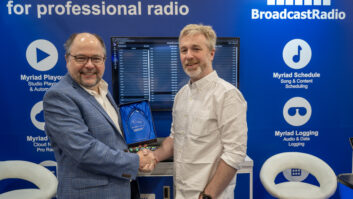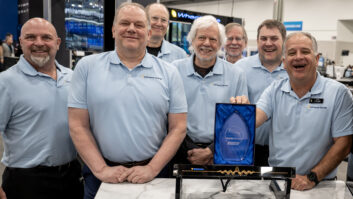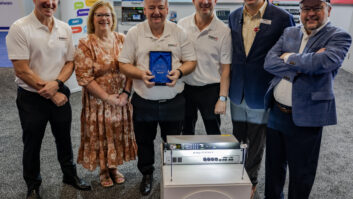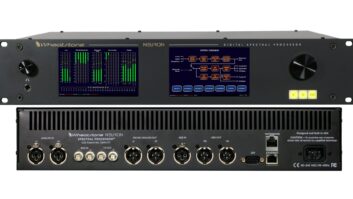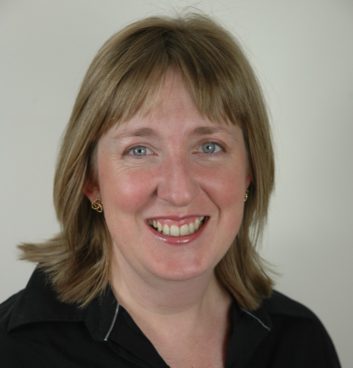
“Best of Show” Up Close is a series of Q&As with participants in Radio World’s annual springtime Best of Show Awards program.
Broadcasting Bionics nominated Camera One. Kirsten Smith is business development manager for the company.
Radio World: What is Camera One and what is its targeted application?
Kirsten Smith: Camera One is a small-scale visualization system designed specifically for radio studios or podcasters. It’s designed to be simple to use and require minimum hardware and configuration/setup. This is reflected in it being great value for money.
RW: What sets it apart?
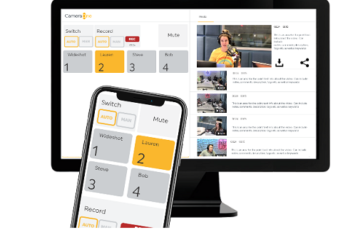 Smith: Camera One presents the user with an essential core feature set, giving the smaller stations and podcasters the freedom to create great video assets. Broadcast Bionics’ larger system, Bionic Director, gives a larger range of control and graphics and is generally aimed at the mid to large enterprise.
Smith: Camera One presents the user with an essential core feature set, giving the smaller stations and podcasters the freedom to create great video assets. Broadcast Bionics’ larger system, Bionic Director, gives a larger range of control and graphics and is generally aimed at the mid to large enterprise.
The output of both products produce shareable clips for social media and allows for live streaming.
RW: In light of the pandemic, are there specific relevant capabilities we need to know about?
Smith: Where budgets are being squeezed as a result of reduced revenue, Camera One is great value for the money, and requires only a small investment. Of course the output could easily be monetized by sponsorship.
From a technical standpoint, it’s possible to remote connect to the studio machine which is running the software and because the camera switches automatically using the unique Broadcast Bionics algorithm, there’s no need for an operator to be in the studio with the presenter. (Social distancing sorted!)
RW: You highlight its HTML5 interface, why is that notable?
Smith: The user interface is written in HMTL5, which means that it can be used in a browser on any device — PC, MAC, Tablet-IOS/Android. The software runs on a machine in the background, and therefore there’s no need for the installation of an app on a designated machine. This gives great flexibility and product mobility.
There is no limit to the number of users accessing the system at any time, enabling collaborative working in real time.
RW: What does it cost? Is it shipping?
Smith: Camera One is moving to the beta phase right now, and we’re expecting to have a staged release later this year. The software licensing cost for a four-camera system is $995 / £765 / €880.
RW: What else should we know?
Smith: Camera One is compatible with any console. It uses the Blackmagic ATEM Mini or ATEM Pro and any HDMI camera, and coming soon the Blackmagic Television studio, which also supports SDI cameras.
Having spent the early days of the pandemic enabling our users to work remotely, and working dynamically to produce software quickly to enhance our offering — such as standalone Skype TX, Caller One, Anywhere — for remote working, Broadcast Bionics is now back to concentrating on bringing more new and exciting innovation to the industry.
By missing NAB and IBC this year, we’re really looking forward to next year’s shows where we can show off our new products.
[Read about all the nominees and winners in the award program guide.]
